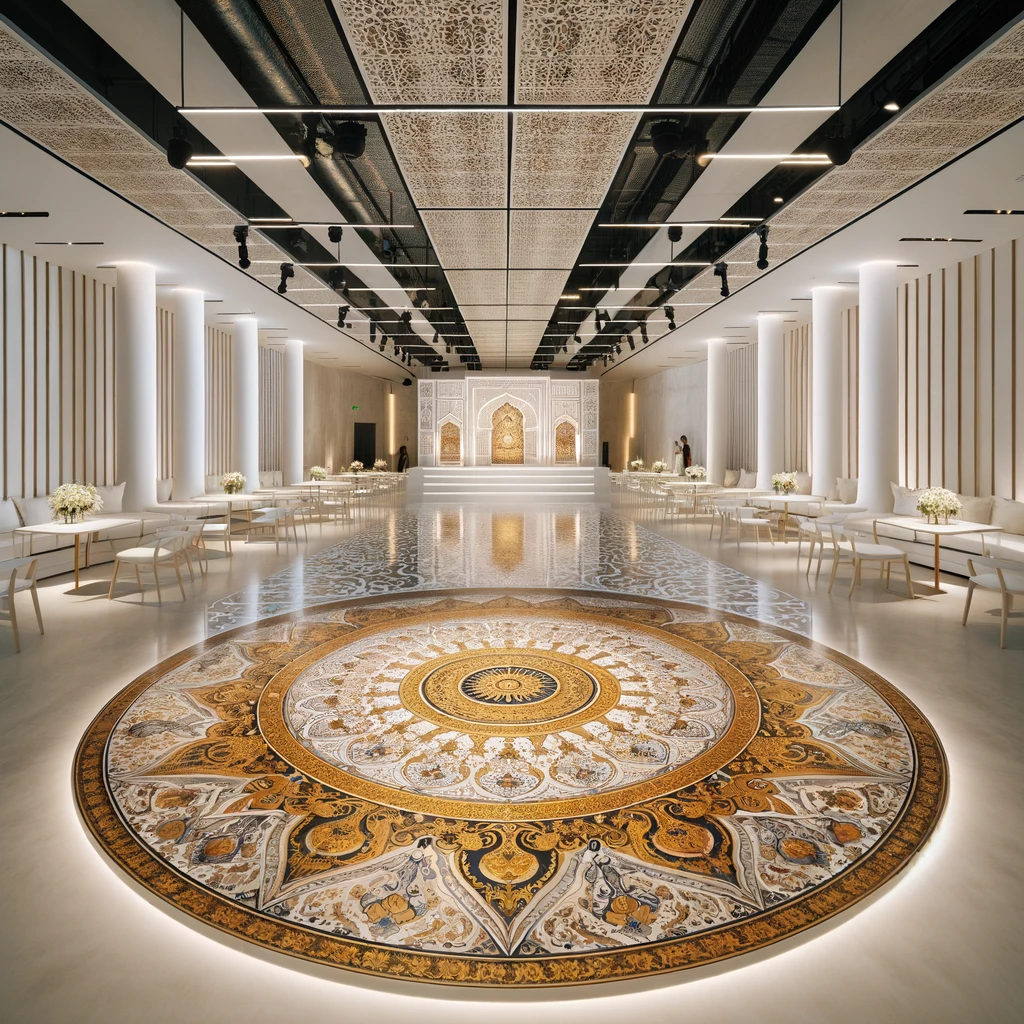Cutting-edge Styling Trends Molding the Prospects of Interactive Light Emitting Diode Dance Surfaces
Cutting-edge Styling Trends Molding the Prospects of Interactive Light Emitting Diode Dance Surfaces
Blog Article
Engaging LED dance floors have become increasingly popular in multiple entertainment locations, including dance clubs, musical events, and events. These surfaces utilize advanced technology to generate vibrant light showcases that react to music and motion. As technology continues to advance, several innovative design patterns are shaping the future of these responsive dancing floors. These patterns not just enhance the visual encounter but also improve participant engagement and forge a more engaging atmosphere for performers and spectators alike.
One notable trend in responsive LED dancing floors is the integration of intelligent technology. Many recent designs feature detectors that identify motion and modify the lighting in response. This means that the surface can change hues, patterns, and visuals based on how many individuals are moving and where they are positioned. This reactivity creates a lively environment that promotes participation and enthusiasm. Additionally, some designs enable users to manage the lighting through smartphone apps, providing them the power to tailor their experience in the moment.
Another important pattern is the use of eco-friendly materials and power-saving technology. As ecological concerns increase, many designers are concentrating on developing light-emitting diode dance surfaces that are not only visually stunning but also sustainable. This includes utilizing recycled resources for the surface's construction and adopting energy-saving light-emitting diode lights. These advancements assist reduce the environmental impact of events while still offering a mesmerizing aesthetic encounter. By prioritizing eco-friendliness, designers are attracting to a more environmentally aware crowd.
The incorporation of augmented virtual reality (AR) is also changing the interactive dancing floor experience. AR tech allows participants to view digital graphics and animations overlaid on the physical world through their smartphones or AR spectacles. This can enhance the dancing surface experience by introducing virtual components that engage with the physical space. For instance, performers might see moving characters or graphic effects that react to their actions, creating a distinctive led dance floor with color changing lights and engaging atmosphere. This pattern is particularly appealing to younger audiences who are familiar to digital engagements in their daily lives.
Additionally, the design of interactive light-emitting diode dance surfaces is growing more versatile and adaptable. Many new models can be readily set up in different settings, from short-term gatherings to permanent installations. This adaptability allows venues to develop tailored experiences that address to various concepts and crowds. Some designs even include interchangeable components that can be reconfigured to form different configurations and arrangements. This adaptability not only improves the visual appeal but also enables for creative expression in event organization.
In summary, the future of interactive light-emitting diode dancing floors is being shaped by creative styling trends that focus on innovation, eco-friendliness, augmented reality, and versatility. These advancements are producing more engaging and immersive experiences for participants, establishing dancing floors a central element of recreational locations. As these patterns keep to evolve, they will probably reshape how people interact with music and motion, guaranteeing that interactive LED dancing surfaces stay a popular option for events and festivities.